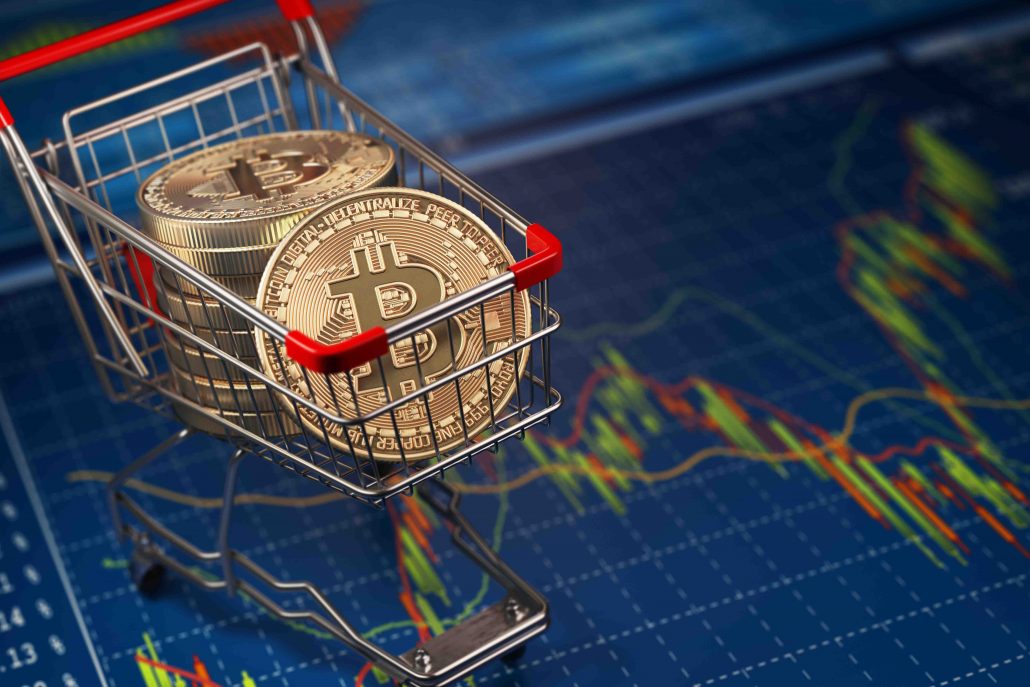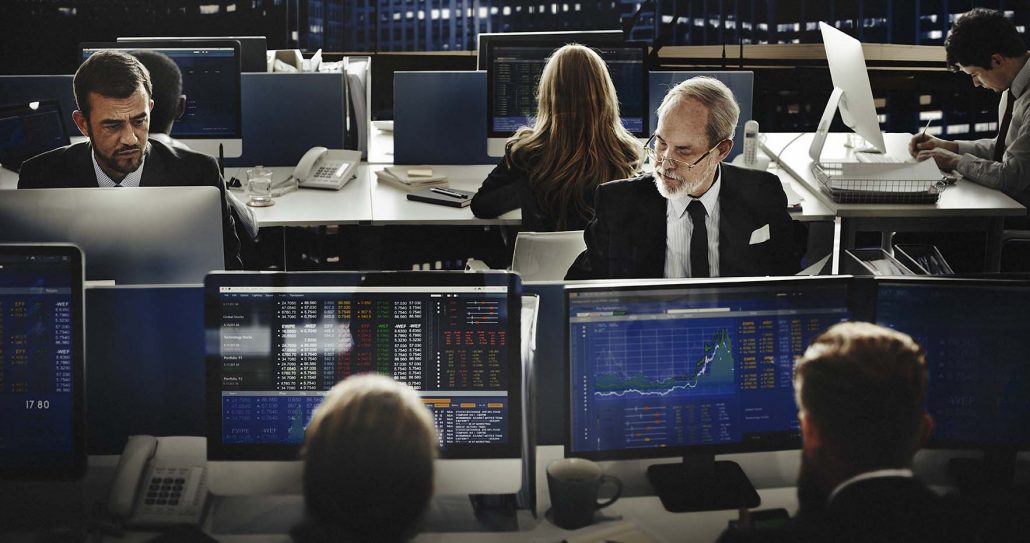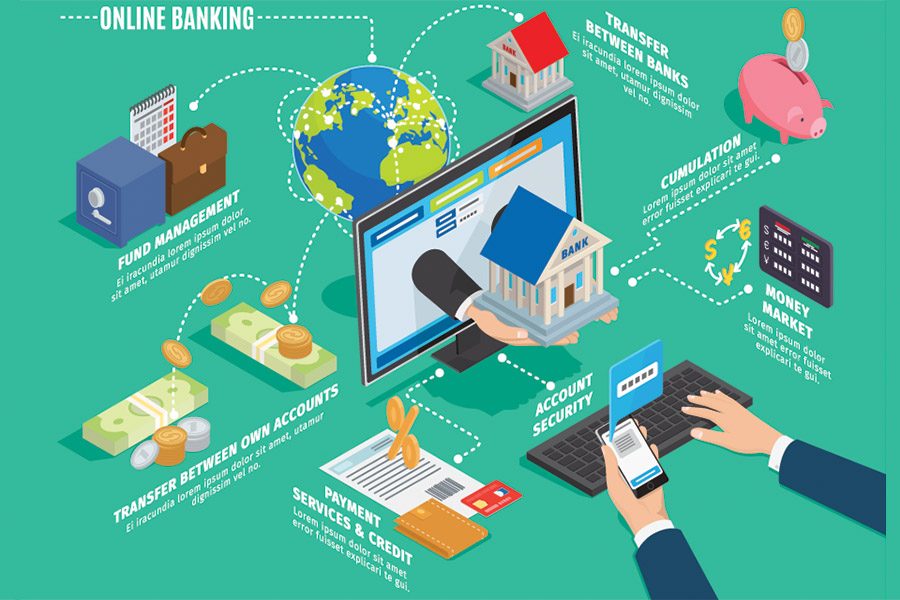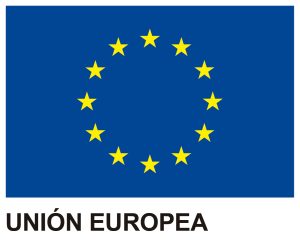Given the significant changes that have occurred in recent years, financial markets are facing important transformations and new trends are emerging in the world’s financial system. The main cause: capital markets digitalization. It takes different forms around the globe.
More and more in Europe, stock exchanges get together and merge to ensure better cost efficiency and asset distribution. Even though those benefits have a huge impact on the acquisition decision, the main reason of the fusion is to compete with a new trend raised by new technological innovations. The increase of multilateral trading facilities (MTF), as an alternative to the traditional stock exchanges generated an important competition with the existing Stock Exchanges on the financial market.
Nowadays, with some exceptions such as BME and some peripheric markets, all European stock exchanges are concentrated in one of the 4 most important stocks groups: London Stock Exchange (LSE), Euronext, NASDAQ-OMX and Deutsche Börse.
Euronext is a good example of those fusions between stock exchanges, since it’s composed of the main stock exchanges of Europe such as Paris, Amsterdam, Brussels, Dublin and Lisbon, forming together the largest European stock exchange operator. Another important fusion that happened in 2007 is the London Stock Exchange formed by London and Milan’s stock exchanges.
However, this fusion trend started a few years ago, in 1998, when the Stockholm stock exchange was acquired by futures exchange OM and then merged with Helsinki stock exchange to form the OMX in 2003. The Swedish structure bought in 2008 Nordic stock exchanges and is now part of the NASDAQ operating under the name Nasdaq OMX Stockholm AB. Recently, NASDAQ and Euronext are battling to acquire Oslo Børs stock exchange. Even though Euronext’s offer is higher than NASDAQ’s, shareholders are still discussing both options since neither of the two buyers has a significant derivatives market capable to compete with other European stock exchange operators.
However, although those fusions are an increasing trend in the majority of Europe, the German stock exchange Deutsche Börse remains an exception. When the fusion trend emerged, Deutsche Börse preferred to offer their electronic trading platform, Xetra, to other stock exchanges in order to have certain control instead of acquiring them. Even if the group intended a fusion with LSE back in 2017, the European Commission blocked the bid and imposed certain conditions on LSE in order to avoid having a monopoly in Europe created by the fusion of the 2 main European market operators. However, the German group is in charge of the operations of Frankfort Stock Exchange as well as Xetra and Eurex.
Even though fusions are an increasing trend in Europe’s financial markets, the North American markets are going the opposite way. Lots of actors want to revolutionize financial markets, which is why we observe more and more the creation of “low-cost” stock exchanges such as MEMX (member exchange), Small Exchange and MIAX (Miami Equities Exchange). Their common objectives are to avoid the high fees charged by NASDAQ, CBOE Global Markets and NYSE for data feeds, transactions, listing, among other things, to create competition and to simplify the execution of equity trading in the United States.
We will review the different factors for capital markets digitalization. What are the factors that led to those trends in Europe and the United States? What are the effects of the technological upgrade on the debt/bond markets? What are the new technologies leading to new forms of capital markets digitalization?

Impact of regulation in Europe
Within the last few years, we observed a lot of movement in the area of European Stock Exchanges. They obliged markets and operators to innovate and implement new technologies to cope with the changing regulatory environment. Hence, it has been one of the main factors for capital markets digitalization.
The European directive, MIFID 1, that regulates the provision of investment services and aim to protect the client, had an important objective, which was to increase the competition among financial entities. As a result of the implementation of MIFID I in 2007, we observed an important increase in Europe of Multilateral Trading Facilities (MTF), technological structures with similar trading services as stock exchanges.
The removal of concentration rule allowed other trading platforms to compete with regulated markets. These regulated Markets and MTF were allowed to “bring together multiple third-party buying and selling interests in financial instruments” according to the directive proposed by the European Commission in 2004.
However, the implementation of MIFID I led to some issues that needed to be addressed, mainly regarding the regulation of those new markets. In the second version of MIFID (MIFID II) implemented in 2018, the law had to be stricter in order to ensure investor’s protection. MIFID II reviewed the policy regarding the best execution, and specified that firms must take “sufficient steps” to ensure a favorable execution of client orders, as opposed to “reasonable steps” in MIFID I. As a consequence, the new policy regarding the best execution has had a noticeable impact on small and medium companies since it limits the access to stock market financing as well as the competition, and reduces the liquidity available for those companies. Therefore, small and medium firms will have to rely on electronic trading through main operators in order to survive. This major consequence leads directly to the capital markets digitalization.
Also, another important change related to MIFID II is that the information provided by the brokers to their client needs to be sold and not given in exchange of the order execution within the broker. Indeed, with MIFID II, asset managers are no longer allowed to attract an order flow by providing investment research, which benefits the investors and increases the capital market digitalization.
Finally, in MIDIF II, the watchword is transparency. In order to stop the dark trading of shares and other equity instruments, strict rules have been implemented and limit over-the-counter trades. In MIFID II, the establishment of a new trading venue, the OTF (Organized trading facilities), will “replace” OTC trade in order to increase transparency in pre and post-trade.
Reduced costs of technology impulse new markets in the US
As mentioned above, North American markets are developing different strategies than the European ones, in order to create a competitive environment and reduce the monopoly of the main stock exchanges such as NASDAQ, CBOE Global Market and NYSE. Even though most of those trading platforms are not launched yet, shares of NASDAQ have significantly fallen (more than 2.5%) right after MEMX’s launch announcement, which predicts it will have an important impact on the current stock exchanges in the United States.
Furthermore, the emergence of these trading platforms reinforces capital markets digitalization. Since all those trading platforms provide or will provide trading support to investors through online support, the exploitation of the new trading form has a huge impact on the capital market.
The most important “low-cost stock exchange” that uses new technologies to compete with current Stock Exchanges on the US financial market is the MIAX, created by Miami International Holdings Inc. The MIAX offers three fully electronic options trading exchange: MIAX Pearl, MIAX Emerald and MIAX Options. The launch of trading operations took place on March 1st, 2019 and is now regrouping more than “80 % of the overall U.S. options market volume, representing a daily combined average volume of approximately 20 million contracts” according to the Senior Vice President, Head of Sales for MIAX.
Another emerging “low-cost” stock exchange arriving on the market is called Member Exchange (MEMX). The exchange will be composed of 9 banks, brokerages and other firms including Morgan Stanley and Fidelity plan. It has been planned to be launched in early 2019. As announced by the group during the official announcement, “MEMX will seek to offer a simple trading model with basic order types, the latest technology, and a simple, low-cost fee structure”. Furthermore, they commented that “participants in today’s equity markets deserve an innovative alternative that is aligned with their interests, which is why we are pleased to support the launch of this new trading platform”.
Moreover, during 2019 Q3, US financial market is expecting the arrival of Small Exchange between the “low-cost” stock exchanges in emergence. According to the Small Exchange official website, the online platform wants to deliver a wide array of offering focusing on self-directed investor in order to be accessible and simple. The products offered will have standard size and expiration date to facilitate trading and increase the transparency.
Furthermore, Turquoise intended to reproduce the US trends on the other side of the Atlantic. The multilateral trading facility, now owned by one of the European giants in stock exchange, London Stock Exchange, was at first created by European and International banks such as PNB Paribas, Citi Group, Morgan Stanley… It aimed to persuade exchange operators to reduce data fees by trading cross-border shares. However, the MTF did not succeed completely before it’s acquisition by LSE.
Corporate bonds Electronification
Only a few years ago, trading was mainly made over the phone and through emails. Prices were written on paper, information was stored in spreadsheets, and the interaction between parties was direct.
However, a technological trend is currently taking place in the corporate bonds asset class. This part of the capital markets digitalization is taking the name of Electronification in the current financial jargon. It covers the creation of new platforms to enable the exchange of information among actors in private placements and follow up (see article on PREF-X) and trading solutions. With the emergence of new technologies on the global markets and the drive for cost efficiency, we observe an acceleration of the electronification.
Technologies are present at every stage of the trade lifecycle. During the first stage, collection of “raw” data from global stock exchanges and redirecting them to a broker’s order management system needs to be quick and cost-efficient in order to have the best order possible to propose to the investors. Technologies allow this process to be as efficient as possible and accessible to everyone around the globe.
Furthermore, technologies are nowadays indispensable to establish the link between real time data or to follow the evolution of the data so that the decisions are based on complete data, reducing risks.
During the execution stage, dealer benefit of the opportunity to trade anonymously, which would be impossible without technologies. Even though some parties tend to benefit more than others, one of the advantages of anonymous trading is the reduction of the executing costs which makes technologies the cornerstone of capital markets digitalization. Another interesting new feature used during the execution stage is the automated intelligence execution, which allows the dealer to set pre-programmed executions rules to automatically execute trades meeting its parameters, which would be impossible without technology.
Finally, during the post-trade level, “electronification” continues. Technologies enable brokers and investors to confirm trades. Technologies perform an important role since they guarantee the efficiency of the operations.

New technologies such as smart contracts and blockchain
The blockchain technology and smart contracts are both new technologies that are part of the main factors of capital markets digitalization.
First of all, smart contracts have been designed to save time and money by reducing the parties involved in the transactions and decrease the length of the process. Indeed, it provides an automated contractual relation between parties without the presence of a third-party in charge of the legal paperwork. The smart contracts ensure trust between parties and guarantee that both receive the same information since it’s a direct communication. It also decreases the risk of document falsification since everything is made through the platform.
The use of DLT (digital ledger technology) and blockchain ensures a better transparency and decrease hacking risks. As well as the DTL technology, the blockchain consists in a decentralized database (log of records) that is managed by various participants. In the area of financial markets, the blockchain technology its greatly welcomed. However, people tend to be skeptical when it comes to valuable information stored in this new technology so few of them decide to trust it.
For the moment, in the US financial market, NASDAQ seems to be the one of the first to dive into this new world and proves us that capital market digitalization is an expanding phenomenon that is reaching global stock exchanges. NASDAQ partnered with blockchain services such as CitiConnect and Azure to provide end-to-end transactional process and improve it in order to offer secure and efficient services to its clients.
However, on the other side of the globe, Australia is already considered as a leader in distributed ledger technology. The Australian Stock Exchange (ASX) is planning to increment the first blockchain platform for equity settlement globally. Even though some people are skeptical regarding this new platform mainly because of the removal of a central reconciliation authority, others find that using blockchain technology within stock exchange could be a brilliant step in order to increase its efficiency. This innovation will put ASX on the forefront of innovation in the world financial area.
Slowly but surely, capital markets digitalization is set to take off thanks to technological breakthroughs and is becoming a global phenomenon.
New forms of capital raising: ICOs, STOs, ITOs, etc.
Capital markets digitalization is also led by the crypto assets industry and the rising of Security Token. The Security Token Offering provides financial securities that are, contrarily to the ICO Token, regulated and backed by assets, profits or revenue of the company. In the case of the ICO (Initial coin offerings), they compare to the STO since they basically have the same uses. However, the lack of security and regulation in the area of ICO increases the investors risks at the time of the acquisition and restrain the rise of it.
By using the blockchain technology as well as the smart contract, the security tokens are becoming more and more popular. Even though there are a lot of regulations and limitation restraining the use of security tokens, they have lots of advantages which arouse people’s interest and eventually increase capital markets digitalization.
First of all, security token offering is cost-effective. Since they don’t require any administrative cost for buying or selling the tokens and eliminates third-parties that might be involved in the acquisition process with the smart contracts, security tokens offering is cheaper than traditional methods such as Initial public offering (IPO).
Furthermore, the fact that they can be traded 24/7 and all around the globe makes them more accessible and desirable than traditional models. Their accessibility is also highlighted by the fact that everything, from the acquisition to the trading and the selling, can be made from everywhere in the world as they are eligible for global trading.
Finally, with the high level of liquidity generated by these Security Token Offering, the capital markets digitalization has been boosted. People are more and more interested in the trading of those Security Tokens knowing that it generates important returns on investment.
Recently, a French start-up called Kriptown designed a new form of investment, the ITO (Initial Token Offering). Based on the IPO, the traditional method mentioned above, the ITO was specially created to create liquidity when investing in a Start-up. Their method is an interesting innovation since it enables fundraising in a simple and fast way with reliability, transparency and ethics.
Innovation does not stop in capital markets digitalization.
Marine Bougeard


